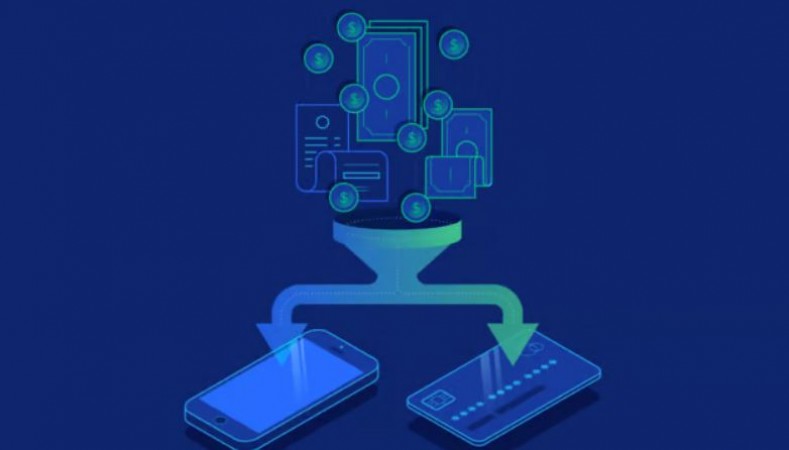
NEW DELHI: India is expected to become a 50 percent non-cash economy in consumption in the next three years, with person-to-merchant digital transactions reaching over USD1.5 trillion by FY26, a report showed on Thursday.
According to the report from Bain & Company, India's household consumption is anticipated to reach more than $3 trillion by FY26, driven primarily by the upper-middle and high-income segments, with UPI payments likely making up a sizeable portion at around $1 trillion in person-to-merchant (P2M) payments.
Saurabh Trehan, Partner and Leader of the Financial Services (FS) practise at Bain & Company said "With the current technical and financial momentum, India is expected to become a nearly 50% non-cash economy in consumption in the next three years with approximately 350-400 million digital consumers." He said, if government incentives are maintained and UPI 2.0, 123 Lite, credit on UPI, and Central Bank Digital Currency (CBDC) gain more traction, this growth might be further boosted to 60–75 percent.
With its overall annualised transaction value rising to $1.7 trillion and its P2M transactions increasing to $380 billion (in FY23), nearly twice the amount of credit cards, UPI has experienced exponential growth in recent years.
On the strength of quick merchant acceptance and adoption given zero/low merchant discount rate (MDR), rising internet penetration, and increased awareness of digital payment methods, this growth is predicted to continue at a CAGR of 40–50%, the fastest among payment modalities.
The adoption is also anticipated to be accelerated by recent innovations including Credit on UPI, UPI 123 Pay, UPI Lite, and UPI coin vending machines, according to the report.
With credit card and Buy Now Pay Later (BNPL) transactions currently accounting for close to 8% of total spending, embedded finance has experienced tremendous growth. This is anticipated to increase to approximately 12–13% of consumption by FY26.
According to the estimate, India's credit card spending will increase by about 2.5 times by FY26, from its present level of $100 to 110 billion.
By FY26, it's anticipated that there will be 135–140 million credit cards in use worldwide.A "CBDC, a non-interest-bearing digital currency, could be a game-changer for low ticket transactions, especially in semi-urban and rural areas with limited internet connectivity," the report said.
The Federal Reserve increased its benchmark lending rate once more to reduce inflation
IMF predicts that this year's Middle East growth will be slowed by inflation